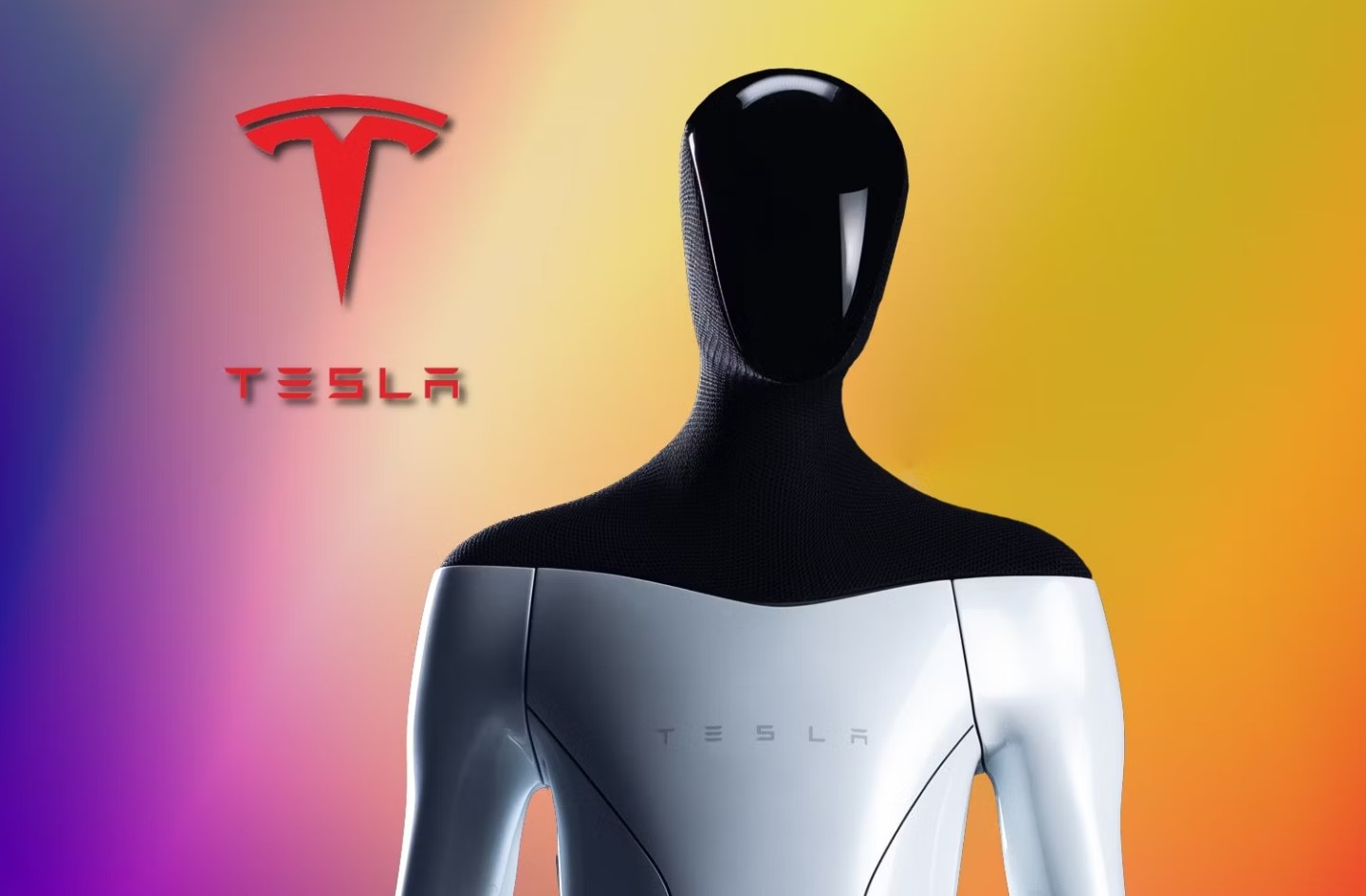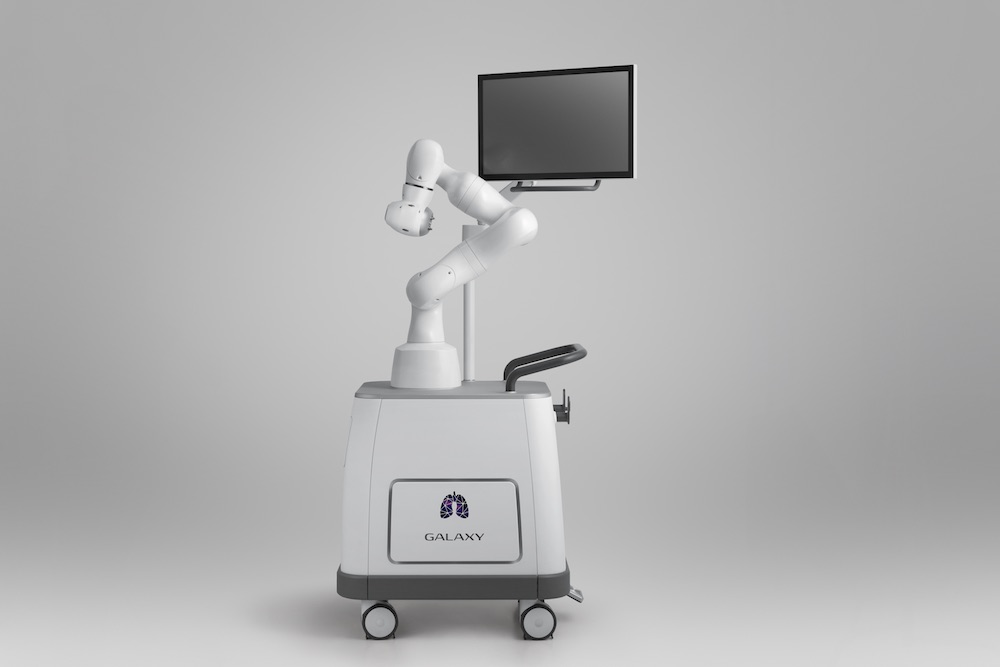In a bold move to diversify its product lineup and stay at the forefront of technological innovation, electric vehicle (EV) giant Tesla has announced plans to launch humanoid robots for internal use starting next year, with wider commercial production expected by 2026. The announcement, made by Tesla CEO Elon Musk on his X account this past Monday, represents the company's latest foray into the burgeoning humanoid robot market, which is projected to grow from $1.8 billion in 2023 to over $13 billion in the next five years, according to research firm MarketsandMarkets.
"Tesla will have genuinely useful humanoid robots in low production for Tesla internal use next year and, hopefully, high production for other companies in 2026," Musk declared, building upon his previous statement in April that the Tesla robot Optimus would be capable of performing factory jobs by the end of 2023 and potentially ready for sale by the end of 2025.
The concept of humanoid robots - machines designed to resemble and mimic human form and movement - is not entirely new, with companies like Japan's Honda and Hyundai Motor's Boston Dynamics already investing heavily in the technology. However, Tesla's entry into the market represents a significant shift in the company's strategy, as it seeks to diversify its revenue streams beyond its core EV business, which currently accounts for over 80% of its quarterly income.
Tesla first revealed its plans to develop humanoid robots during its AI Day event in 2021, unveiling the Optimus prototype a year later. At the time, Musk described the anticipated value of the robot to be less than that of a Tesla car, with a projected price tag of under $20,000.
While the initial Optimus prototype, with its wires and metal construction, demonstrated only the most basic of movements, such as taking a few steps and waving to the crowd, the company's latest generation of the robot has showcased a smoother design and enhanced features, including the ability to deftly handle delicate objects like an egg without breaking it.
"Optimus is going to be incredible in five or ten years, like mind-blowing," Musk said, underscoring the company's long-term ambitions for the humanoid robot platform.
The Tesla CEO has highlighted the potential for these robots to address labor shortages and take on "unsafe, repetitive or boring tasks," a vision that aligns with the broader industry trends driving the growth of humanoid robotics. Many companies are betting on these machines to augment or replace human workers in certain industries, particularly as the global workforce faces increasing demographic challenges.
The announcement comes at a critical juncture for Tesla, as the company navigates a series of challenges in its core EV business, including signs of waning demand and increased competition from traditional automakers and newcomers alike. By diversifying into AI, autonomous driving software, robotaxis, and now humanoid robots, Tesla is clearly positioning itself to weather these storms and cement its status as a tech and innovation powerhouse.
"The change in focus mirrors Tesla's strategy to expand its range of products and income flows," said industry analyst Alex Chen. "It also highlights the company's commitment to staying at the center of technological innovation, even as it faces headwinds in its primary EV segment."
As the world watches Tesla's foray into humanoid robotics with bated breath, the potential implications for the future of work and the broader economy are profound. From factory floors to service industries, the rise of Optimus and its ilk could fundamentally reshape the way we think about the role of machines in our lives and the workforce of tomorrow.


















